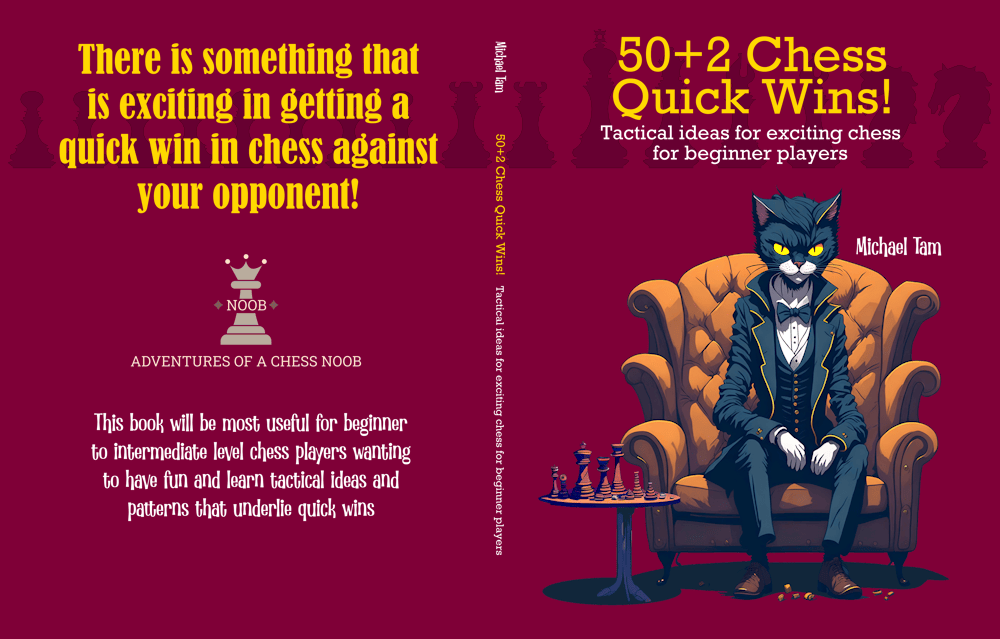
CHESS TACTIC | Place Pressure on the Pinned Piece! | Berlin-Vienna Hybrid
#bishopsopening #berlinviennahybrid #tactics #pins
This game is a rather nice demonstration of the general approach I take against the Bishop's Opening (1. e4 e5 2. Bc4) when playing with the black pieces. Stockfish suggests that (2... Nf6) is the best move, but I usually play the queen's knight (2... Nc6). My logic is that White will usually develop one of their knights and we either transpose into an Italian Game if they develop their king's knight, or as in this game, a Vienna Game, Max Lange Defense if they develop the queen's knight (3. Nc3).
I'm fine with either as I'm familiar with playing both the Italian and the Vienna with the White pieces! We eventually enter the Berlin-Vienna Hybrid and on move 7, I played my first provocative move (7... Be6) to create some imbalance. White provoked back with an aggressive knight advance (8. Nd5) and I respond inaccurately which gives White a good advantage [+1.7]. However, the position is complicated and although White wins a concession with forcing my king to move with a queen advance, the position is almost equal [+0.4]. White was too uncertain to commit to the attack and in withdrawing their queen, I gained an advantage out of the opening [-0.5] despite a potentially uncomfortable position.
We shuffle for position in the middlegame. Although my king remained in the centre, it was well protected by a central complex of pawns. White had a more conventional position, castling kingside, but had difficulty finding a way to infiltrate. On the other hand, my unorthodox position allowed me to position my queen and then rooks down the kingside files, menacing White's castled king down the files.
On move 16, I play a pawn break (16... f5), a mistake according to Stockfish [+1.5]. However, this was a complicated position for White to play against, and the error was only if White found a tactic advance on the other side of the board with b4 - something that was not obvious.
On move 18, a logical recapture was a mistake (18. Nxf5) and we returned to equality [0.00]. The subsequent moves demonstrate the power of semi-open files and pins! One of the aphorisms from IM Levy Rozman, otherwise known as GothamChess, is "place pressure on the pinned piece". It can be very difficult to find the best moves in these situations and mistakes by White over the next few moves in response to pins on the h-, g-, and f-files results in the evaluation sliding from [0.00] → [-5.5]!
On move 25 at the end of a most forced trade sequence, I manage to strip away White's king's defensive pawns on the h- and g-files, and after (26. Kh3), a logical move to defend their bishop, a mating net had been woven [-M21]. The endgame followed the theme of pinned pieces and the power of the rook pair against a fully exposed king. My final move (34... Rxh1), capturing White's rook for free through a skewer was technically a mistake as I had a very lovely checkmate with Rg3#! I admit that I just didn't see it, but it didn't matter. My capture inflicted emotional damage and White resigned, psychologically defeated. GG!
The big takeaway from this game is to keep an eye out for pins, and to place pressure on the pinned piece!
Game on chess.com: https://www.chess.com/game/live/90412768589



